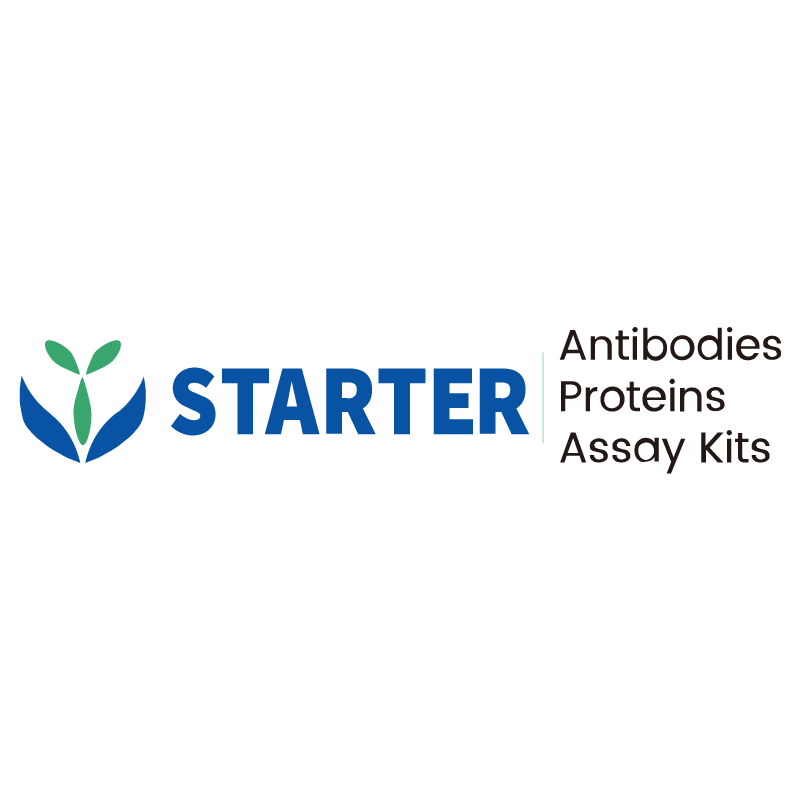WB result of Vinculin Recombinant Rabbit mAb
Primary antibody: Vinculin Recombinant Rabbit mAb at 1/1000 dilution
Lane 1: Jurkat whole cell lysate 20 µg
Lane 2: HeLa whole cell lysate 20 µg
Lane 3: A431 whole cell lysate 20 µg
Lane 4: HepG2 whole cell lysate 20 µg
Lane 5: K562 whole cell lysate 20 µg
Weak expression: Jurkat whole cell lysate
Secondary antibody: Goat Anti-Rabbit IgG, (H+L), HRP conjugated at 1/10000 dilution Predicted MW: 124 kDa
Observed MW: 140 kDa
Product Details
Product Details
Product Specification
| Host | Rabbit |
| Antigen | Vinculin |
| Synonyms | Metavinculin (MV); VCL |
| Immunogen | Synthetic Peptide |
| Location | Cytoskeleton, Cell membrane, Cell junction |
| Accession | P18206 |
| Clone Number | S-1635-6 |
| Antibody Type | Recombinant mAb |
| Isotype | IgG |
| Application | WB, ICC |
| Reactivity | Hu, Ms, Rt |
| Positive Sample | HeLa, A431, HepG2, K562, NIH/3T3, mouse heart, C6, rat heart |
| Predicted Reactivity | Bv, Av, Xe |
| Purification | Protein A |
| Concentration | 0.5 mg/ml |
| Conjugation | Unconjugated |
| Physical Appearance | Liquid |
| Storage Buffer | PBS, 40% Glycerol, 0.05% BSA, 0.03% Proclin 300 |
| Stability & Storage | 12 months from date of receipt / reconstitution, -20 °C as supplied. |
Dilution
| application | dilution | species |
| WB | 1:1000 | Hu, Ms, Rt |
| ICC | 1:100 | Hu |
Background
Vinculin is a critical cytoskeletal protein that plays a significant role in cell adhesion, migration, and mechanical force transmission. It is highly enriched in regions where cells contact one another and the underlying substratum. Vinculin is involved in the formation and stabilization of focal adhesions, which are essential for cell-matrix interactions. It binds to several proteins, including talin, α-actinin, and paxillin, to link the actin cytoskeleton to integrins, facilitating cell adhesion and migration. Vinculin helps in transmitting mechanical forces from the extracellular matrix to the actin cytoskeleton, playing a crucial role in mechanotransduction. It can undergo conformational changes upon binding to different partners, which is essential for its function in force transmission. Vinculin stimulates actin polymerization and recruits actin remodeling proteins, which is vital for cell protrusion and migration.
Picture
Picture
Western Blot
WB result of Vinculin Recombinant Rabbit mAb
Primary antibody: Vinculin Recombinant Rabbit mAb at 1/1000 dilution
Lane 1: NIH/3T3 whole cell lysate 20 µg
Lane 2: mouse heart lysate 20 µg
Secondary antibody: Goat Anti-Rabbit IgG, (H+L), HRP conjugated at 1/10000 dilution Predicted MW: 124 kDa
Observed MW: 140 kDa
WB result of Vinculin Recombinant Rabbit mAb
Primary antibody: Vinculin Recombinant Rabbit mAb at 1/1000 dilution
Lane 1: C6 whole cell lysate 20 µg
Lane 2: rat heart lysate 20 µg
Secondary antibody: Goat Anti-Rabbit IgG, (H+L), HRP conjugated at 1/10000 dilution Predicted MW: 124 kDa
Observed MW: 140 kDa
Immunocytochemistry
ICC shows positive staining in HeLa cells. Anti- Vinculin antibody was used at 1/100 dilution (Green) and incubated overnight at 4°C. Goat polyclonal Antibody to Rabbit IgG - H&L (Alexa Fluor® 488) was used as secondary antibody at 1/1000 dilution. The cells were fixed with 100% ice-cold methanol and permeabilized with 0.1% PBS-Triton X-100. Nuclei were counterstained with DAPI (Blue). Counterstain with tubulin (Red).


